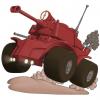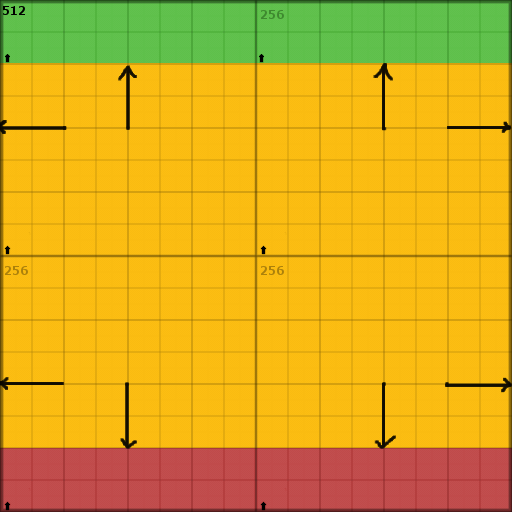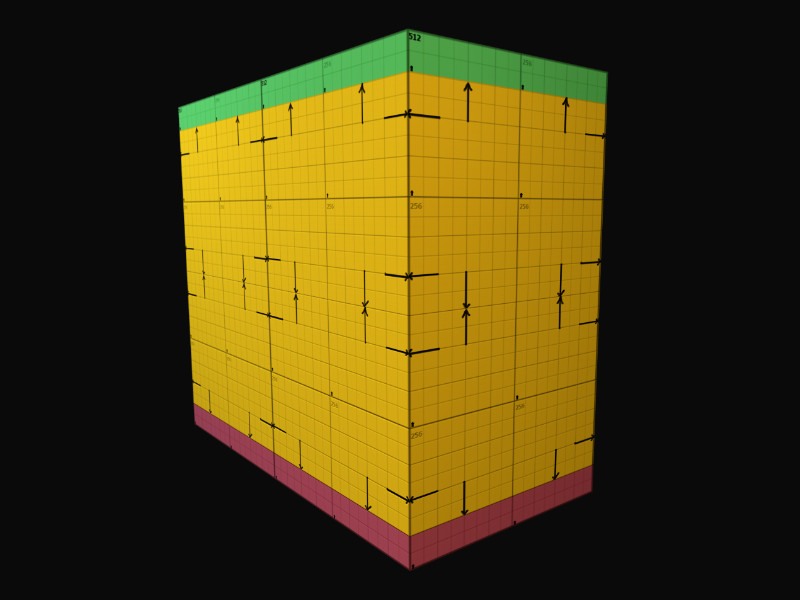So long story short, I followed the advice of some people on this forum, and started using Unreal Engine 4 again last year after hitting the ceiling in Unity 5 one too many times again, and lo and behold, I kinda liked the expierience better this time... Blueprint is still not my cup of tea, but epic has made huge strides in many areas between 4.8 and 4.16, I was impressed. But that is fodder for a whole different topic, after I get a little bit more exposure to the C++ part of UE4 (which thankfully I have found more documentation on this time).
In this topic I just wanted to ask the Unreal users, if somebody knows of an easy(-ish) way to compare the Texel density between two objects in the editor. Trying to eyball it is quite hard in Unreal given how good the texture filtering works even in the editor.
I have seen no view mode or similar that would visualize the actual texel density of the objects in the scene, which is what I am after.
If its unsure what I want, I want to put mesh A next to mesh B, and see how big the texture pixels are in comparison. To be able to standardize on a common texture resolution, and see which mesh needs a higher, or can have a lower resolution texture.
The only Idea I have at the moment would be to work with a separate material with a checkerboard texture. That might work. though it is kind of a hassle, needing multiple checkerboard textures for different resolutions, OR having to come up with a good material function to achieve it, and then needing to swap materials every time I want to compare. Maybe someon here has a better solution? Maybe I missed something obvious again and are in for a "Doh!" moment ![]() ?
?











